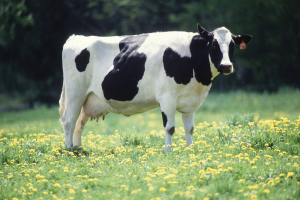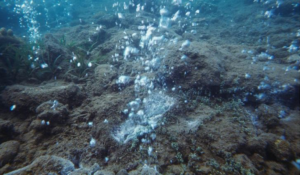Atmospheric pollution affects human health, food production, and ecosystem sustainability. The rapid spread of industrialization and the continuous growth of the human population lead to an increase in pollution levels; making the threat all the more urgent. Some major air pollutants include polycyclic aromatic hydrocarbons, nitrous oxides, sulfur dioxide, carbon monoxide, ammonia, and ozone. A variety of sources are responsible for pollutants including mobile sources (cars, buses, planes, etc.), Industrial sources (power plants, oil refineries), agriculture (husbandry, farming); to name a few. According to the World Health Organization, Air pollution causes 6.4 million annual human deaths, and many other significant non-lethal health problems. Overall pollution-related health problems result in medical expenditures amounting to $21 billion globally, causing substantial economic losses (Prüss-Üstün & Neira, Landrigan;17). The detrimental health effects caused by air pollutants are not the only type of emissions that should raise concern.
Certain gases that are emitted into the atmosphere on a daily basis block heat from escaping and affect climate; these are known as greenhouse gases. Carbon dioxide, nitrous oxide, methane, and fluorinated gases are prominent greenhouse gases. These gases enter the atmosphere in a variety of ways including burning fossil fuels, transportation of coal and natural gas, livestock and other agricultural practices, and landfills.
When it comes to environmental and climate assessment, there is a lot of uncertainty, therefore a variety of techniques must be deployed. BRI (Bubbleology Research International) develops new techniques such as remote sensing and in situ data collection for detecting trace gases. We perform mobile air quality measurements utilizing the study platforms MACLab™, and AMOG (Automobile Trace Gas) Surveyor™. MACLab is an RV equipped with an analytic chemistry lab used in cross country assessment. AMOG Surveyor is a modified commuter car developed to validate satellite greenhouse gas observations by recording fast, high quality meteorology and trace gas concentrations at the fastest legal driving speed. Study platforms such as MACLab and AMOG Surveyor are advantageous because they move directly to the source of emissions while detecting a variety of trace gasses. BRI measures a wide range of emission sources including fossil fuel industries, husbandry, pipeline leaks, landfills, and water treatment plants. Our study platforms allow us to characterize the relationship between husbandry practices and emissions. By detecting emissions with precision and accuracy right at the source, we can reduce a loss in revenue and help prevent detrimental effects on air quality. Such data are critical to reducing emissions atmospheric footprint in a sustainable manner.

Animal husbandry, including dairies, are one of the leading causes of greenhouse gas emissions (Photo courtesy of Wikipedia).

